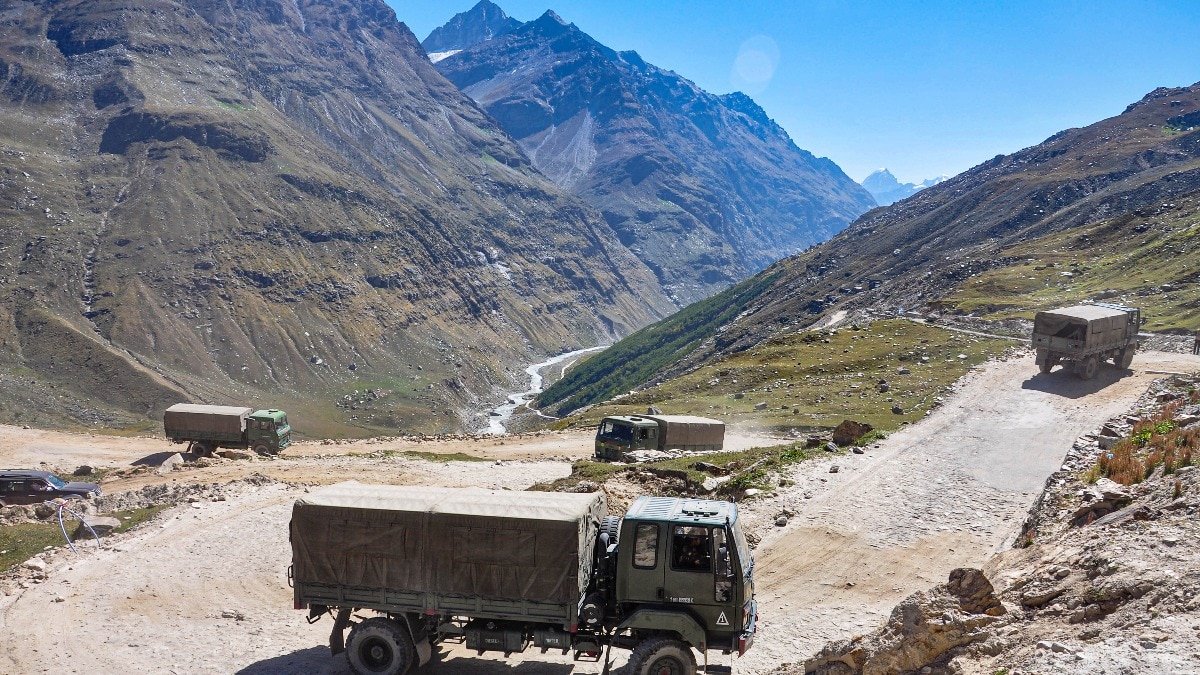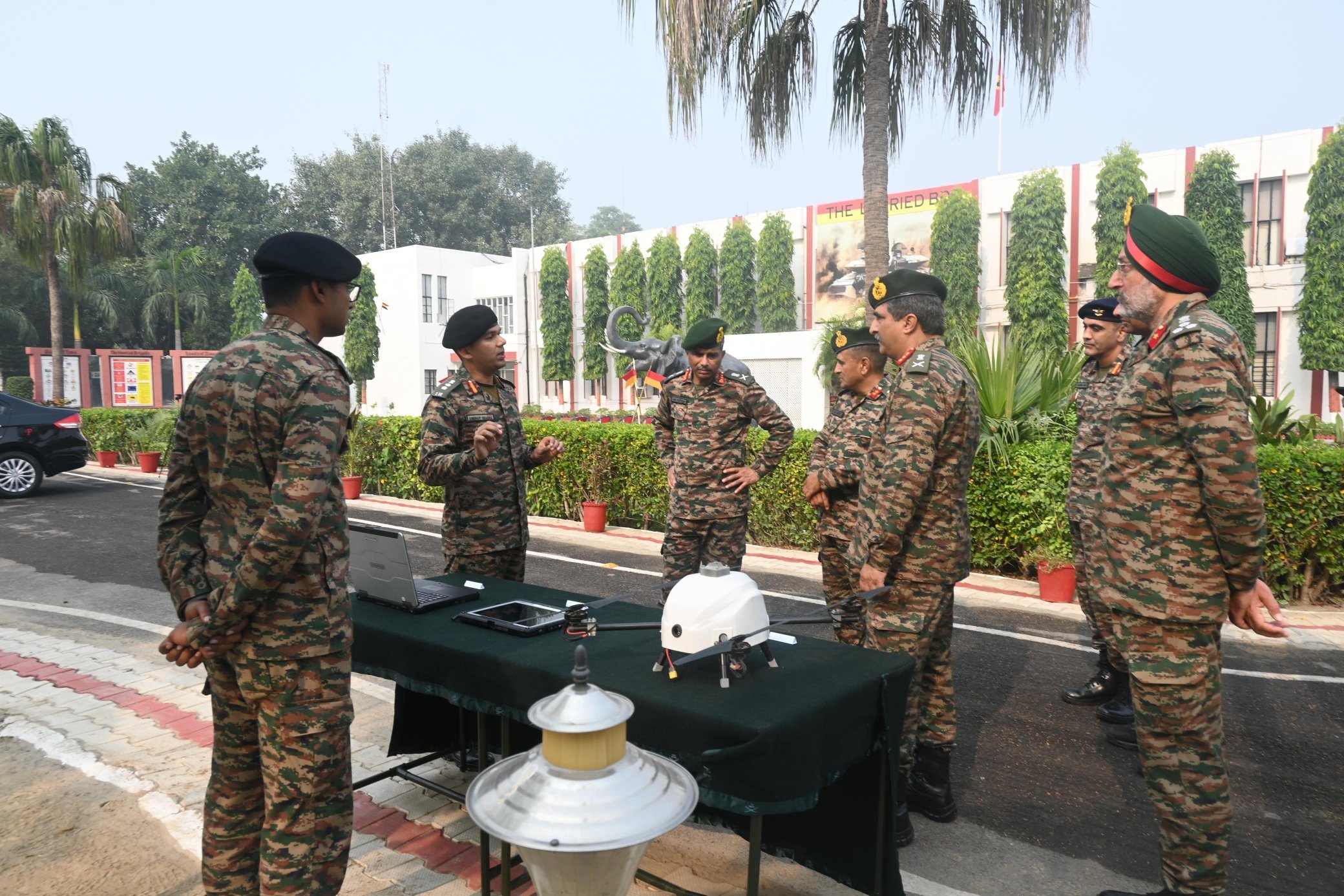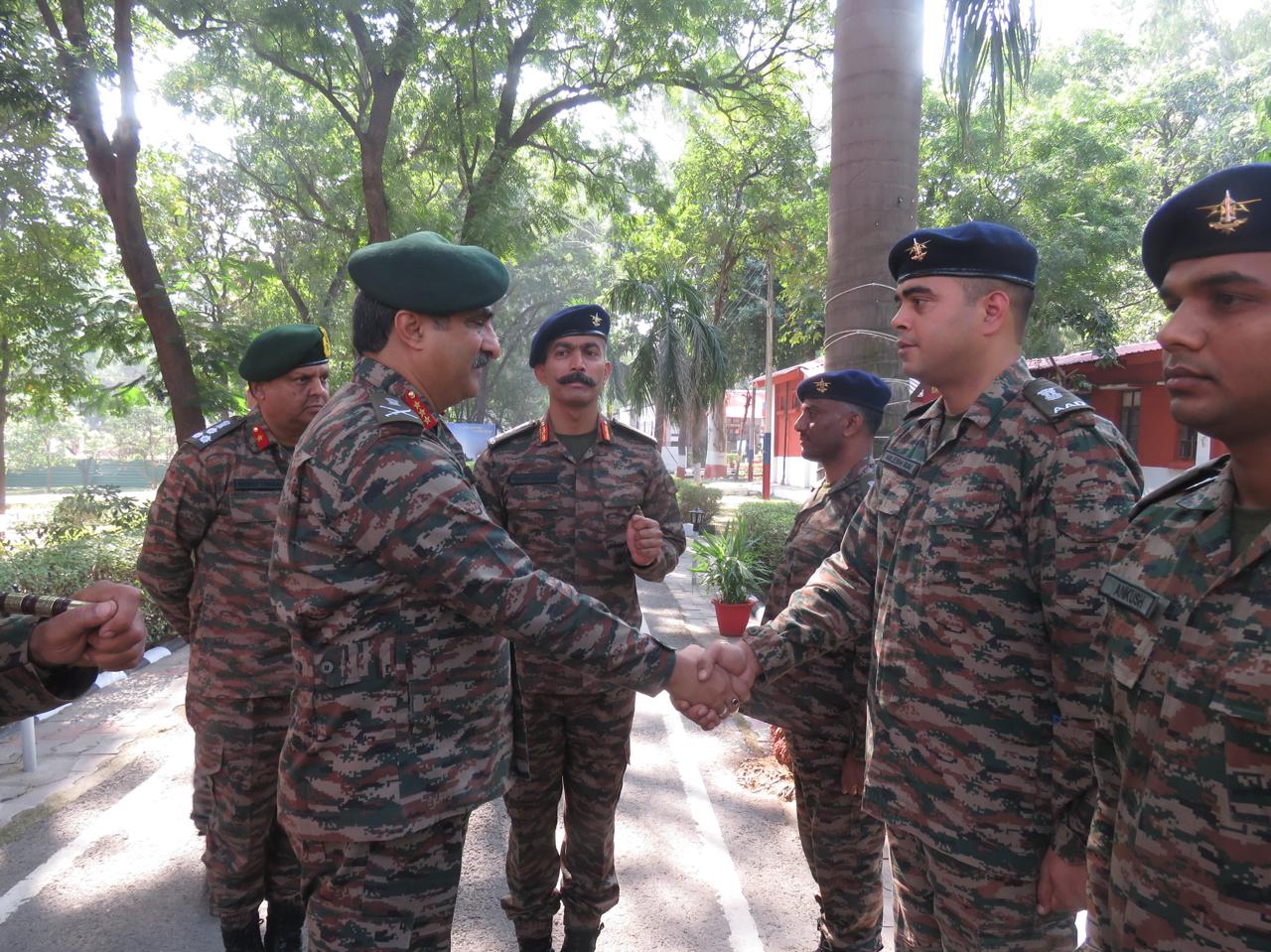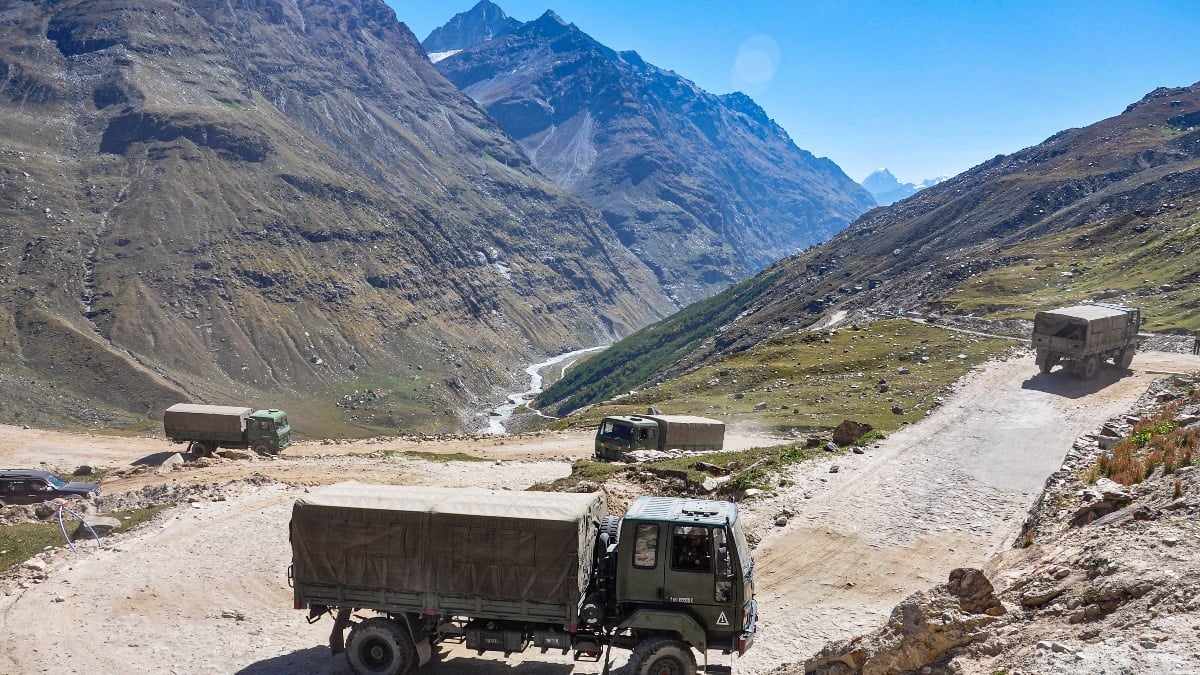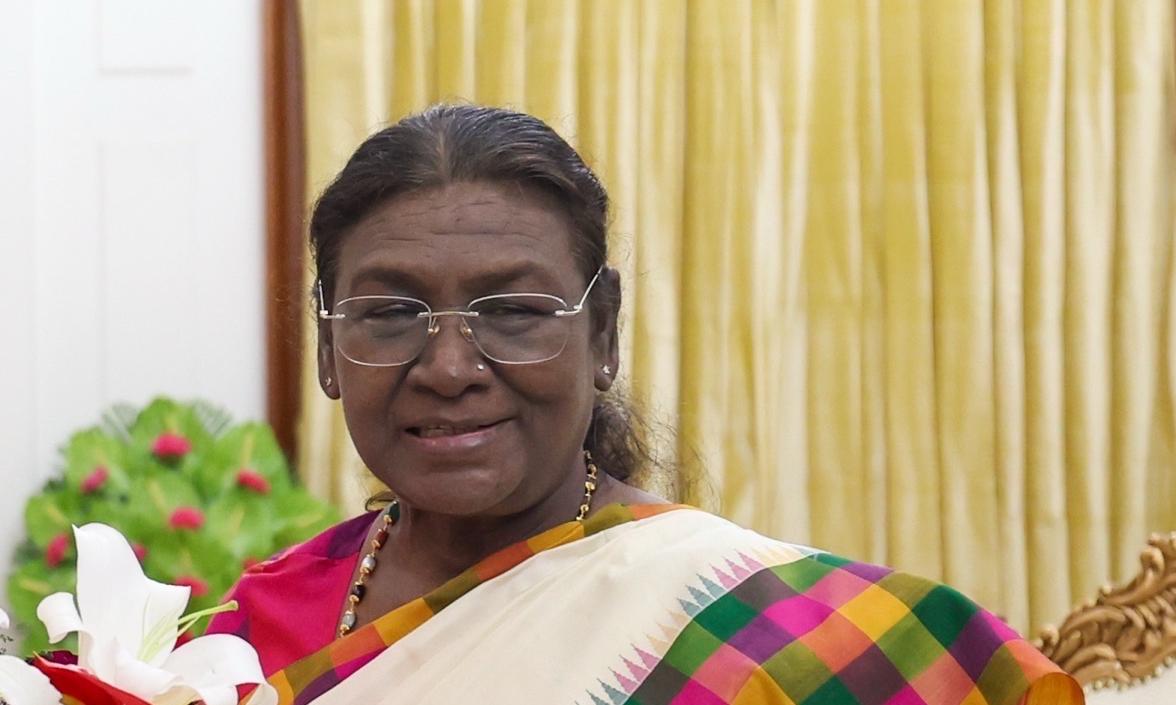Lt Gen Dhiraj Seth Reviews Bison Division in Secunderabad
Lt Gen Dhiraj Seth, AVSM, Army Commander of the Southern Command, recently visited the Bison Division stationed at Secunderabad Military…
India to Launch Major Tri-Services Military Exercise ‘Poorvi Prahaar’ After Indian-Chinese Disengagement
In a significant move to bolster its military capabilities, India is set to launch a major tri-services military exercise named…
Lt General Manoj Kumar Katiyar Reviews Airawat Division
Lieutenant General Manoj Kumar Katiyar, Army Commander of the Western Command, recently conducted a thorough review of the operational preparedness…
Lt Gen Rajesh Pushkar Visits Kharga Air Defence Warriors
On a recent visit to assess operational readiness and training standards, Lt Gen Rajesh Pushkar, General Officer Commanding (GOC) of…
India Launches Major Tri-Services Military Exercise ‘Poorvi Prahaar’ After Disengagement with China
In a strategic move that underscores India's commitment to enhancing its military readiness, the Indian Armed Forces are set to…
Indian Navy Invites President Murmu as Chief Guest for Navy Day Celebrations in Puri on December 4
In an exciting development for the upcoming Navy Day celebrations, the Indian Navy has proposed an invitation to President Draupadi…


